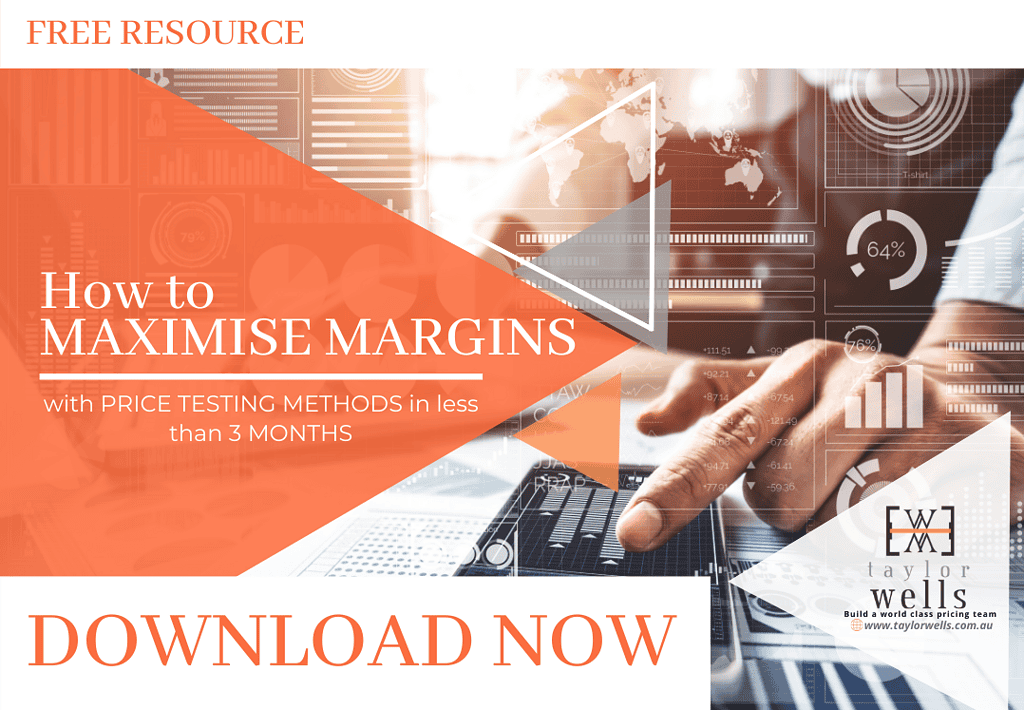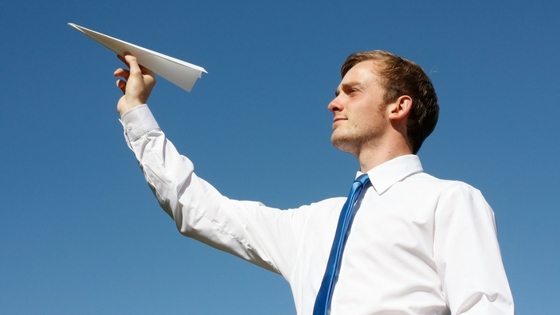
Commercial pricing: Many of us imagine a typical accountant when we hear the word pricing. We picture lots of spreadsheets, bubble charts, and complex formulae.
>Download Now: Free PDF A Capability Framework for Pricing Teams
Of course, excel price modelling has a role to play, as we’ll discuss later, but commercial pricing is more complex than that and includes a great deal of customer value discovery, stakeholder management, price testing and PILOT trials (read: Team set up: Avoid 4 common mistakes when setting up a pricing team).
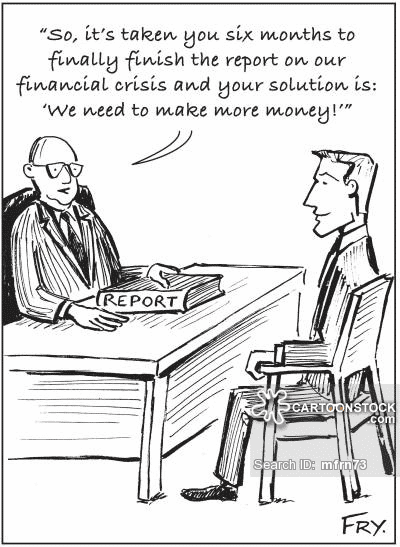
Scholarly articles have long had a technical lens on pricing in universities across the world.
For years now, a wealth of highbrow academic articles have been written, studying how we respond to prices and behave differently to prices in different conditions (i.e., price elasticity of supply-demand, game theory and market equilibria).
However, commercial pricing as a science is a relatively recent development in B2B and B2C Australian organisations.
In this article, we will talk about what commercial pricing is. We will discover whether it’s a quantitative or qualitative approach to commercial pricing that’s best for commercial businesses. We will also answer the question of why commercial pricing should include more innovation or imagination.
Capability Building Programmes For Pricing & Sales Teams!
Is commercial pricing a science?
In the last 2-3 years, in particular, there has been a data-driven movement influencing the commercial pricing discipline. The belief that price management is a science and that business decisions must be driven by rigorous analysis of data or else it is meaningless.
Many business leaders tell their teams now that “data should be at the heart of all their price decision making.” Many consultants are informing CEOs and executive teams that “big data can eliminate reliance on ‘gut feel’ pricing decisions.”
Businesses are evidently finding the proposition of commercial pricing as a science very appealing. Many business leaders have academic backgrounds in engineering or applied sciences.
But is it really true that commercial pricing is a science? Is it right to equate intellectual rigour with data analysis? Sometimes no is the answer because commercial pricing sometimes relies less on data analysis and more on imagination, experimentation and communication.
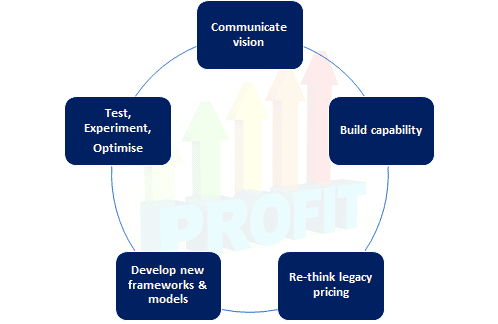
Commercial pricing also draws on a wealth of other disciplines, embracing ideas from cognitive science, economics, psychology, marketing, data science, math, statistics, as well as finance.
You can find the benefits and tensions of such a wide scope in the daily commercial pricing practice and implementation highlighted particularly in price trials, tests and experimentation or during iterative price optimisation cycles.
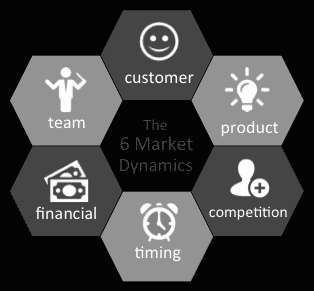
It is important to note that commercial pricing does not exist in a vacuum: market dynamics also has a role to play. The influence of the GFC (Global Financial Crisis) or COVID-19 on Australian manufacturing and distribution, for example, cannot be underestimated.
The growing importance of customer habits, consumption and experiences. The ethics of artificial intelligence and data security.
Understanding what constitutes ‘ethical’ and ‘unethical’ customer research. Wide-scale disruption across pretty much all Australian industries created by an online platform revolution.
Pitfalls Of Using Pricing Tool For B2B Pricing 🛠️ Podcast Ep. 102!
Is commercial pricing all about data?
Are data and evidence always the best way to achieve complex commercial outcomes? Or does a more, human, discussion-based qualitative approach to commercial pricing yield better results – especially with stakeholders and customers?
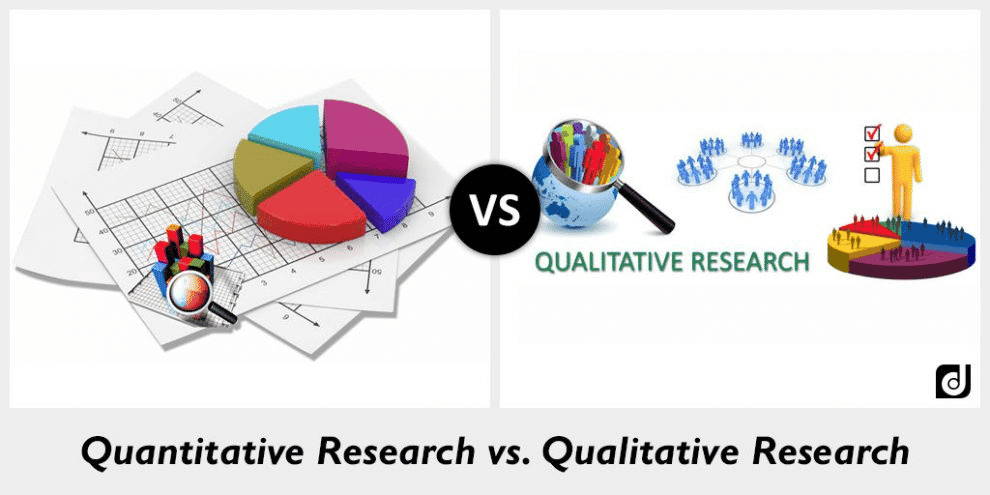
It’s important to realise that the presence of data is not sufficient proof that pricing outcomes cannot be different. Data is not logic. In fact, many of the most profitable business pricing actions come from bucking the evidence (i.e., GE, Lego, DuPont, Apple, Google).
Many business leaders, particularly those who apply design thinking and other user-centric approaches to create innovative pricing strategies, recognise the importance of qualitative, observational research in understanding human behaviour.
Aristotle said: “Most of the things about which we make decisions, and into which we therefore inquire, present us with alternative possibilities….All our actions have a contingent character; hardly any of them determined by necessity.”
Aristotle strongly believed that this realm of possibilities was driven not by mathematical analysis but by human invention and persuasion even though he was one of the first to write about cause and effect.
Why commercial pricing should include imagination?
Perhaps the most fundamental issues for an evolving commercial pricing discipline are about free will and human agency. Does algorithmic pricing software sometimes remove choices that can radically change situations for the better?
As more businesses across industries and markets from retail, airlines, entertainment and energy adopt algorithmic commercial pricing because they believe pricing is a science, prices will increasingly be determined by the knowledge or data a company has about you, and the relationship between different, competing algorithms.
What can happen when businesses allow their application of the scientific method to go too far?
An example of crazy algorithmic commercial pricing decisions is Amazon’s book-selling services in 2011. For a short time, a book on evolutionary biology was priced at more than $US23M.
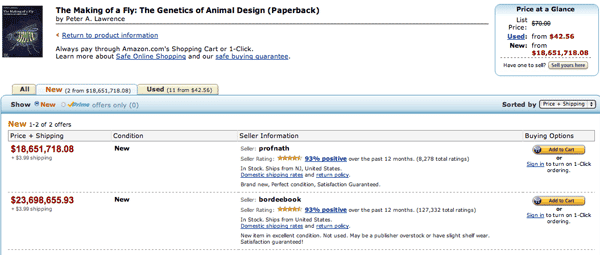
No human would ever price a book at this level. However, the algorithm did because of the interaction between the algorithms of two competing retailers. One was programmed to make sure that prices were 10% higher than those of a competitor. The other was designed to try and make any price 5% cheaper.
It took human sense and commercial logic to re-set the price. It took a pricing and revenue management team with insight into commercial pricing to solve what algorithms made extremely complex.
Even those who create algorithms acknowledge that sometimes their competitional reasoning is almost impossible to unravel – think Bitcoin.
According to a 2017 report by Digiconomics, worldwide bitcoin mining uses up more electricity than the country Serbia. Writing for Grist, Eric Holthaus calculated that by July 2019, the Bitcoin peer-to-peer network would require more electricity than all of the United States. And by November of 2020, it’d use more electricity than the entire world does today.
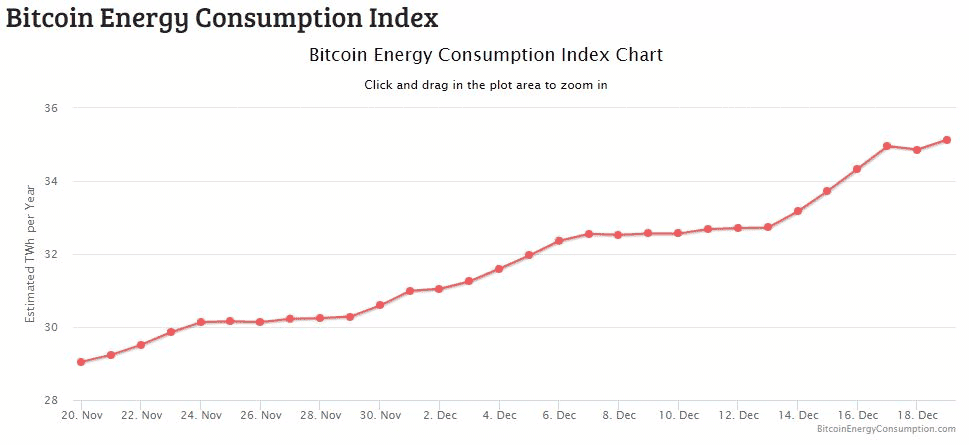
In the Amazon online book example, it took less than 1 second to rifle through huge amounts of big data (faster than any human could have observed) for these competing algorithms to reach this insane $23M price tag. However, it took a commercial pricing team 1 second in realising the price tag was insane and re-set the system.
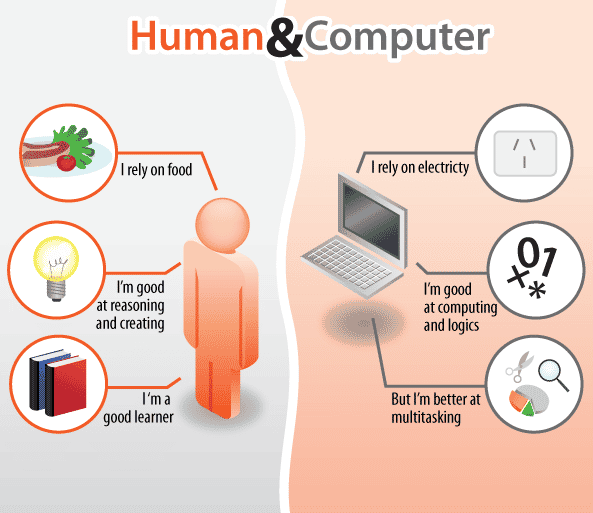
Pricing Recruitment For Pricing Managers!
Implications
If we believe data is the silver bullet solution for decision making, we may inadvertently convince ourselves that new possibilities don’t exist. The imagination of new possibilities relies on us to break the frame and believe in alternatives.
Scientific analysis of price data has maximised revenue and improved profitability for businesses. However, complex mathematics should not drive every pricing decision. Sometimes businesses use maths in problem-solving contexts that actually require imagination and innovation, and not maths or data.
The use of pricing and algorithms in commercial pricing organisations is a clear indication that the egalitarian component to how we price and buy stuff is being disrupted right now.
〉〉〉 Get Your FREE Pricing Audit 〉〉〉
Conclusion
Underlying these recent commercial pricing actions in the market is the belief that pricing is data-driven – a science not an art form. It sometimes feels like businesses are excluding the possibility that commercial pricing is also a discipline that requires imagination. A very different process from analysis.
For now, just reflect on how you make pricing decisions. Think about the last time you bucked the evidence and really challenged people to think differently about pricing.
- To what degree are humans mislead by our innate biological biases and blind spots when we set prices?
- Who’s to blame when price-setting algorithms work together to collude?
- Is it entirely ethical to calculate the maximum price a customer is willing to pay without them even realising it?
- How can we create psychologically safe organisations in which people are willing to adopt new ways of thinking?
- Is the future role of a pricing team gatekeeping algorithms with human ethical bias and real-world logic?
Click here to access your free pdf guide on driving pricing strategy in your business.
For a comprehensive view and marketing research on integrating a high-performing capability team in your company,
Download a complimentary whitepaper on How To Maximise Margins.
Are you a business in need of help to align your pricing strategy, people and operations to deliver an immediate impact on profit?
If so, please call (+61) 2 9000 1115.
You can also email us at team@taylorwells.com.au if you have any further questions.
Make your pricing world-class!
